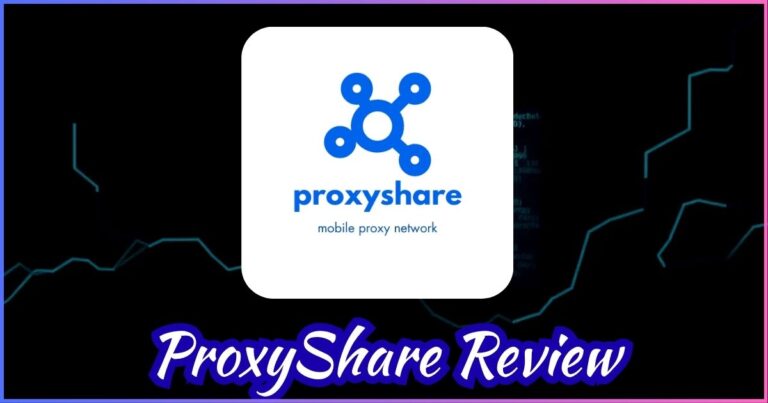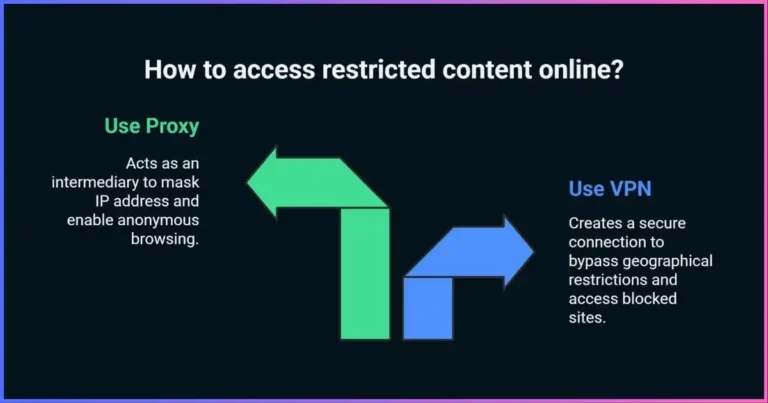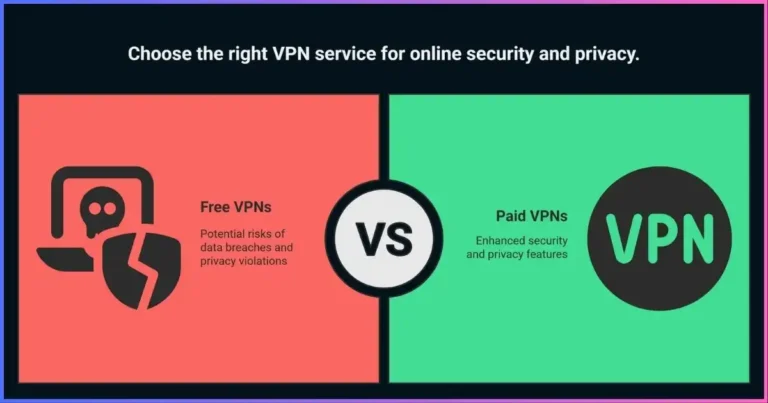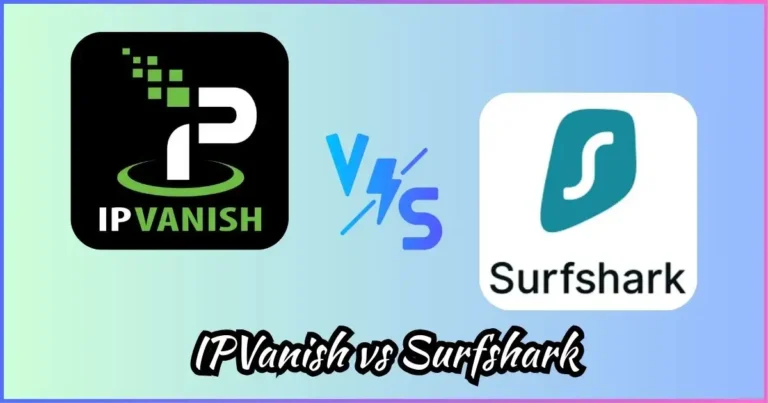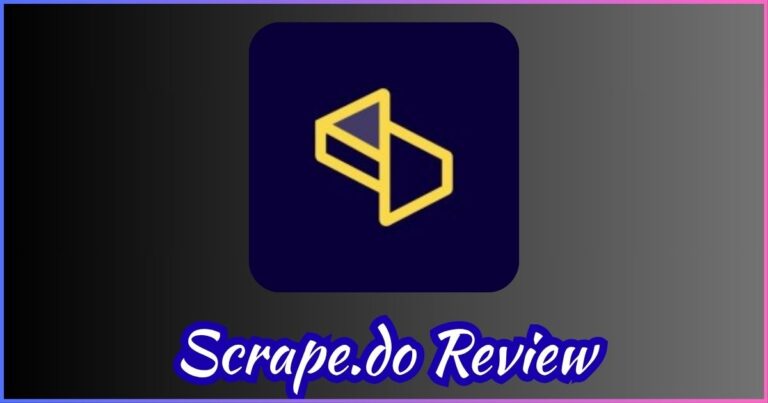ScraperAPI vs Octoparse: Complete Comparison Guide
Discover which web scraping tool is right for your needs. This comprehensive comparison covers features, pricing, performance metrics, and real-world use cases to help you make an informed decision between ScraperAPI and Octoparse.
Table of Contents
When choosing between ScraperAPI vs Octoparse, you’re essentially deciding between two fundamentally different approaches to web scraping. The web scraping industry has experienced remarkable growth, with the market valued at approximately $703 million in and projected to reach $3.52 billion by 2037, expanding at a compound annual growth rate of 13.2%.
ScraperAPI positions itself as a developer-focused API solution that handles the technical complexities of web scraping, while Octoparse offers a visual, no-code interface that makes data extraction accessible to non-technical users. This comprehensive comparison will examine every aspect of both tools, from pricing and features to performance metrics and real-world applications.
Whether you’re a developer looking for a robust API solution or a business analyst seeking an intuitive visual tool, this guide will help you understand which platform aligns better with your specific needs and technical requirements.
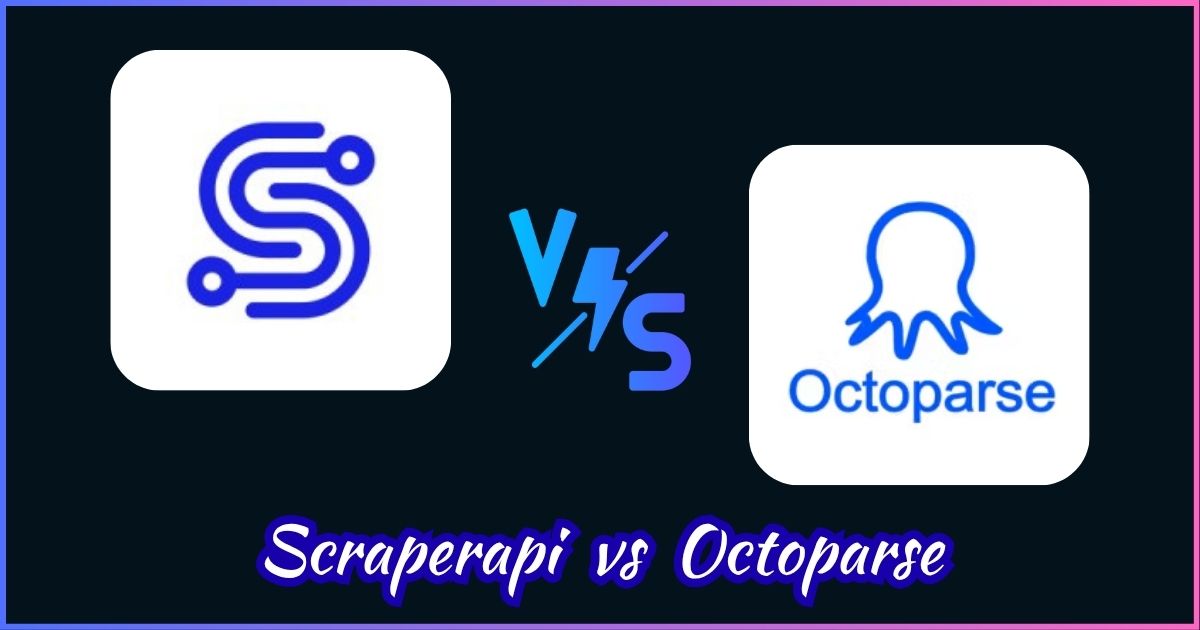
Web Scraping Market Overview
The web scraping tools market has witnessed unprecedented growth, driven by increasing demand for data-driven decision making across industries. According to recent market research, cloud-based solutions account for 68% of the market share, with Banking, Financial Services, and Insurance sectors capturing 30% of the total market demand.
This growth has created a competitive landscape where tools like ScraperAPI and Octoparse have carved out distinct niches. ScraperAPI holds approximately 0.11% of the data extraction market share, while Octoparse commands 0.17%, indicating healthy competition in the space.
ScraperAPI Overview
ScraperAPI is a comprehensive web scraping API service designed for developers and businesses that need to extract data from websites at scale. Launched as a developer-first solution, ScraperAPI handles the complex technical aspects of web scraping, including proxy rotation, CAPTCHA solving, and browser rendering.
Key Strengths
- Handles 400 simultaneous requests with high success rates
- Automatic proxy rotation and IP management
- Built-in CAPTCHA solving capabilities
- JavaScript rendering for dynamic content
- 99.9% uptime guarantee
The platform excels in scenarios requiring high-volume data extraction from challenging websites. With over 5 billion requests processed monthly, ScraperAPI has established itself as a reliable choice for enterprises and developers who need consistent, automated data collection.
Octoparse Overview
Octoparse takes a fundamentally different approach to web scraping by offering a visual, point-and-click interface that eliminates the need for coding. This Windows-based software has gained popularity among business analysts, researchers, and small businesses who need to extract data without technical expertise.
Key Strengths
- No-code visual interface for easy setup
- Built-in templates for popular websites
- Cloud-based and local extraction options
- Scheduled scraping capabilities
- Multiple export formats (Excel, CSV, JSON)
Octoparse shines in scenarios where users need quick, straightforward data extraction without the complexity of API integration. The platform offers both free and paid tiers, making it accessible to individual users and small teams while providing enterprise features for larger organizations.
Features Comparison
When comparing ScraperAPI vs Octoparse, the feature sets reveal two distinct philosophies toward web scraping. ScraperAPI focuses on providing robust API-based solutions for developers, while Octoparse emphasizes user-friendly visual tools for non-technical users.
| Feature | ScraperAPI | Octoparse |
|---|---|---|
| Interface Type | API-based | Visual GUI |
| Coding Required | Yes | No |
| Proxy Rotation | Automatic | Available in paid plans |
| CAPTCHA Solving | Built-in | Available in paid plans |
| JavaScript Rendering | Yes | Yes |
| Concurrent Requests | Up to 400 | Up to 10 (free), more in paid plans |
| Data Export Formats | JSON, XML | Excel, CSV, JSON, HTML, XML |
| Scheduling | Manual implementation | Built-in scheduler |
| Template Library | No | Yes |
| Cloud Extraction | Yes | Yes (paid plans) |
Pricing Comparison
The pricing structures of ScraperAPI and Octoparse reflect their different target audiences and use cases. ScraperAPI follows a credit-based system focused on API requests, while Octoparse offers tiered plans based on features and usage limits.
ScraperAPI Pricing
| Plan | Price | API Credits | Concurrent Requests | Key Features |
|---|---|---|---|---|
| Free Trial | $0 | 5,000 (7 days) | 5 | Basic features |
| Hobby | $49/month | 150,000 | 10 | Geotargeting, JS rendering |
| Startup | $99/month | 500,000 | 25 | Premium proxies, support |
| Business | $249/month | 1,000,000 | 100 | Priority support, SLA |
| Enterprise | $499/month | 3,000,000 | 250 | Custom solutions, dedicated support |
Octoparse Pricing
| Plan | Price | Tasks | Cloud Runs | Data Export Limit |
|---|---|---|---|---|
| Free | $0 | 10 | 2 | 10,000 rows/month |
| Standard | $75/month | 100 | 6 | 50,000 rows/month |
| Professional | $189/month | 200 | 20 | 200,000 rows/month |
| Enterprise | Custom | Unlimited | Unlimited | Unlimited |
Performance Analysis
Performance metrics are crucial when choosing between ScraperAPI vs Octoparse. Based on independent benchmarks and user reports, both platforms demonstrate strong performance characteristics, though they excel in different areas.
ScraperAPI Performance Metrics
- Success Rate: 95-98% across various websites
- Response Time: Average 2-5 seconds per request
- Concurrent Processing: Up to 400 simultaneous requests
- Uptime: 99.9% guaranteed SLA
- Global Proxy Network: 40+ million rotating IPs
Octoparse Performance Metrics
- Success Rate: 90-95% on supported websites
- Processing Speed: Varies by task complexity
- Concurrent Tasks: Limited by plan tier
- Template Accuracy: 85-90% for pre-built templates
- Local vs Cloud: Cloud processing generally faster
ScraperAPI demonstrates superior performance in high-volume scenarios and challenging websites with advanced anti-bot measures. The platform’s robust infrastructure handles over 5 billion requests monthly, indicating strong reliability and scalability.
Octoparse performs well for standard scraping tasks and excels in user-friendly setup and execution. While it may struggle with highly protected websites, its visual interface allows users to quickly adapt and modify scraping strategies.
Use Cases and Target Users
ScraperAPI Ideal Use Cases
E-commerce Price Monitoring
Large-scale price tracking across multiple marketplaces with real-time updates and competitive analysis.
Financial Data Collection
High-frequency data extraction from financial websites for trading algorithms and market analysis.
SEO and SERP Analysis
Automated collection of search engine results for ranking analysis and SEO optimization.
AI Training Data
Large-scale data collection for machine learning models and AI training datasets.
Octoparse Ideal Use Cases
Market Research
Collecting customer reviews, social media mentions, and competitor analysis for market insights.
Lead Generation
Extracting contact information from directories and business listings for sales prospecting.
Content Aggregation
Gathering news articles, blog posts, and content from various sources for content curation.
Academic Research
Collecting data from scholarly databases and research repositories for academic studies.
Pros and Cons
ScraperAPI
Pros
- Excellent performance with challenging websites
- High success rates and reliability
- Scalable for enterprise use
- Advanced anti-bot detection bypass
- Comprehensive API documentation
- Multiple programming language support
Cons
- Requires programming knowledge
- Higher learning curve
- No visual interface
- Credit-based pricing can be expensive
- No built-in scheduling features
Octoparse
Pros
- User-friendly visual interface
- No coding required
- Built-in templates for popular sites
- Flexible export options
- Reasonable pricing for small teams
- Good customer support
Cons
- Limited scalability for enterprise use
- Lower success rates on complex sites
- Windows-only software
- Performance can be inconsistent
- Limited customization options
Recommendations
Choose ScraperAPI If You:
- Have development resources and technical expertise
- Need high-volume data extraction (millions of requests)
- Work with challenging websites with strong anti-bot measures
- Require enterprise-grade reliability and SLA
- Want to integrate scraping into existing applications
- Need consistent performance across different geographies
Choose Octoparse If You:
- Have limited or no programming experience
- Need quick setup and immediate results
- Work with standard websites and common data sources
- Prefer visual workflow design
- Have modest data extraction requirements
- Want built-in scheduling and automation features
Hybrid Approach Consideration
Some organizations benefit from using both tools strategically. ScraperAPI can handle high-volume, complex scraping tasks, while Octoparse serves ad-hoc research and quick data collection needs. This approach maximizes efficiency while keeping costs manageable.
Related: Scrape.do Review
Related: Scraperapi Review
ScraperAPI vs Octoparse Conclusion
The choice between ScraperAPI vs Octoparse ultimately depends on your specific needs, technical capabilities, and long-term goals. ScraperAPI emerges as the clear winner for enterprises and developers who need robust, scalable solutions for challenging scraping tasks. Its superior performance, reliability, and ability to handle complex anti-bot measures make it ideal for mission-critical applications.
Octoparse, on the other hand, excels in democratizing web scraping for non-technical users. Its visual interface, template library, and straightforward pricing make it an excellent choice for small businesses, researchers, and analysts who need quick data extraction without the complexity of API integration.
The web scraping market’s continued growth, with projections reaching $3.52 billion by 2037, indicates that both tools will likely continue evolving and improving. ScraperAPI’s focus on enterprise-grade infrastructure and Octoparse’s commitment to user-friendly design suggest they will remain strong contenders in their respective niches.
For organizations just starting with web scraping, Octoparse offers a gentler learning curve and immediate results. However, as data needs grow and complexity increases, ScraperAPI provides the scalability and reliability necessary for serious data operations.
Disclosure: We may earn commission for purchases that are made by visitors on this site at no additional cost on your end. All information is for educational purposes and is not intended for financial advice. Read our affiliate disclosure.


